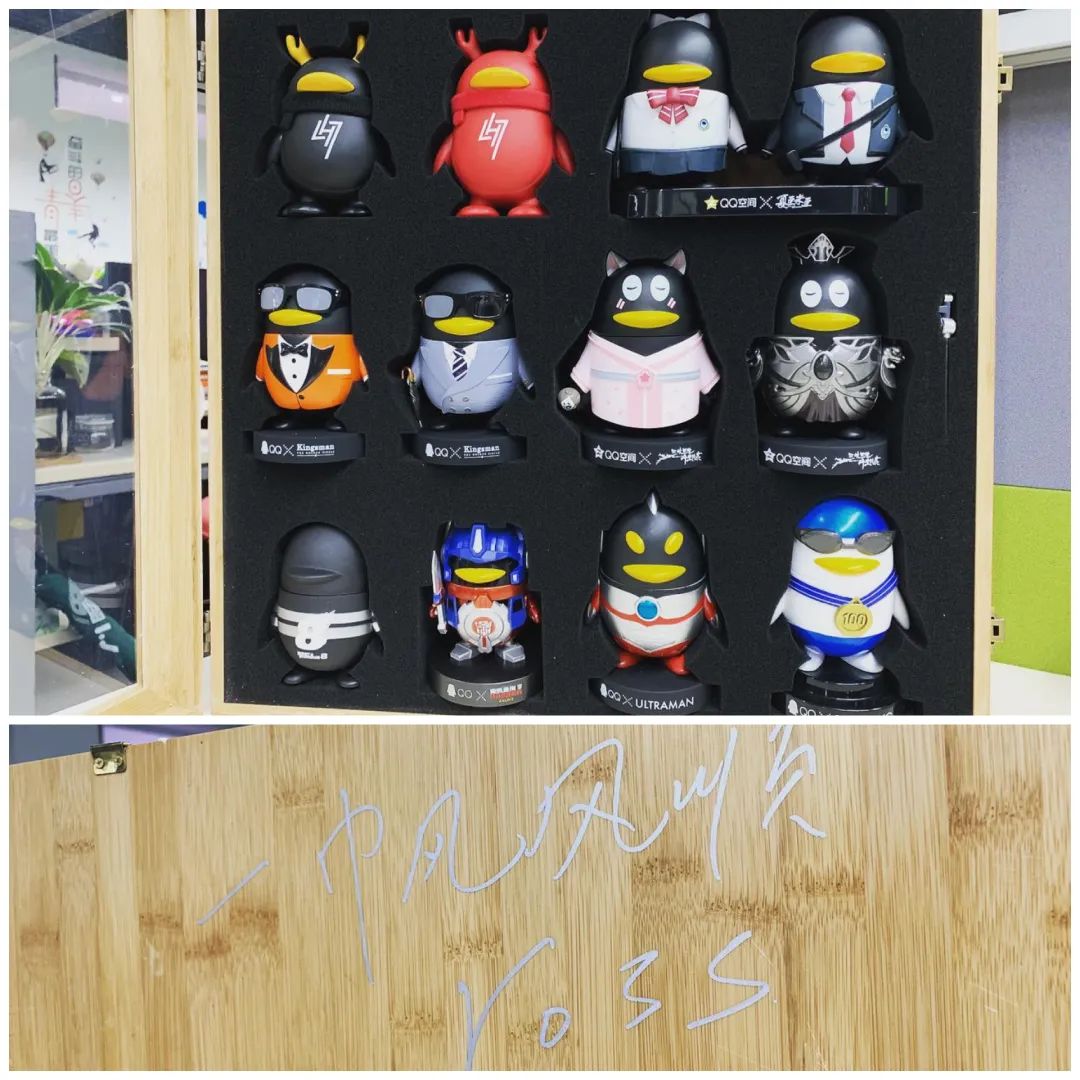I am attempting to create a program that can find human figures in video of game play of call of duty. I have compiled a list of ~2200 separate images from this video that either contain a human figure or do not. I have then attempted to train a neural network to tell the difference between the two sets of images.
Then, I divide each video frame up into a couple hundred gridded rectangles and I check each with my ANN. The rectangles are overlapping to attempt to capture figures that are between grid rects, but this doesn't seem to work well. So I have a few questions:
Are neural networks the way to go? I have read that they are very fast compared to other machine learning algorithms, and eventually I plan to use this with real time video and speed is very important.
What is the best way to search for the figures in the image frame to test on the ANN? I feel like the way I do it isn't very good. It's definitely not very fast or accurate. It takes about a second per frame of an image 960 x 540 and has poor accuracy.
Another problem I have had is the best way to build the feature vector to use as the input to the ANN. Currently, I just scale all input images down to25 x 50 pixels and create a feature vector containing the intensity of every pixel. This is a very large vector (1250 floats). What are better ways to build a feature vectors?
For a more detailed explanation of what I do here: CodAI: Computer Vision
EDIT: I would like a little more detail. What is the best way to calculates features. I need to be able to recognize a human figure in many different positions. Do I need to create separate classifiers for recognizing the difference between upright, crouched, and prone?
- Using the raw intensities as the feature vector is not going to work1. There is too much variation induced by lighting etc.
- A good feature to look at as a first step would be HOG. opencv 2.2 has a GPU (cuda) version of a detector it that is fast.
- Neural networks are maybe not the best way to go. Usually you'd use a SVM or boosting as a classifier2. It's not that neural networks are not powerful enough, it's that it's hard to get the training/parameters right. Too often you get stuck in local minima etc.
- For prone/crouched/standing figures, you definitely want different classifiers and employ them in a mixture model.
- You asked for a "best way" - human detection is, by far, not a solved problem, so noone knows the best way. The things mentioned above are known to work pretty good.
- If you want a good result, you definitely want to exploit that your target is specific - so, exploit that you are trying to detect humans in call of duty. The range of positions that you need to check is not the whole image, the figures will be near the ground. This allows you to speed up the search and reduce false detections. If you can, reduce the detail on the rendering - less detail means less variation, which means an easier learning problem.
Footnotes:
1 For the nitpickers: Without a highly complex classifier.
2 You can also employ a cascade of boosted classifiers to gain speed without giving away too much in detection rate.
This problem is too hard for a normal ANN.
ANNs aren't really very well suited to images with lots of spatial transformations (i.e. human figures in different positions). They effectively need to learn each possible position independently, since they can't generalise well over translations, rotations and scaling etc. Even if you managed to make it work, you'd probably need billions of training images and years of training time.
Your best bet is probably to go with either:
- Haar feature detection (which have been successfully used for face detection)
- A convolutional neural network (pretty successful for handwriting recognition etc.)
Better features win over better learning algorithms. The basic principle in feature selection is that the best features maximize interclass variance and minimize intraclass variance. In your case, the features should emphasize the difference between images that contain a human figure and images that don't, and deemphasize the differences between images of the same class.
For instance, you could try and find the contour of the human figure, and calculate features based on the contour. OpenCV already has some functions for calculating features of contours: Moments, GetCentralMoment, NormalizedCentralMoment etc. The question then would be: how to segment human figures from the background, so that their contour can be found? There are several ways to approach this problem, such as by using texture segmentation.
Once you can solve the segmentation problem and calculate reasonable features, the choice of learning algorithm is not really that important. But why not try several and see what works best? Take a look at the Machine Learning section in the OpenCV docs.
It's not crystal clear to me what you are trying to accomplish, but it seems that you are trying to do real-time player tracking (or something similar) using the wrong approach. Human tracking is something that one would expect to be done through digital image/video processing of pictures of real human beings.
Depending on your purpose, player tracking is something that should not be done through image processing because it can be very demanding on the CPU. Tracking player models inside a game is a practice usually used for cheating applications, and it requires one to either inject code on the game process, or be the middle man between the game engine and the graphics driver. Since the game client always knows where the other players are (even if you cannot see them), one could search the process memory for the X,Y,Z coordinates of the players, or intercept graphics rendering calls searching for the location where a player model will be rendered on the screen (which can be a little tricky, since it requires a basic understanding of OpenGL/DirectX and debugging skills).
I'm not sure if its OK to detail such techniques on StackOverflow, but I will say that this topic has been largely discussed on several reverse engineer/cheating forums like GameDeception.





